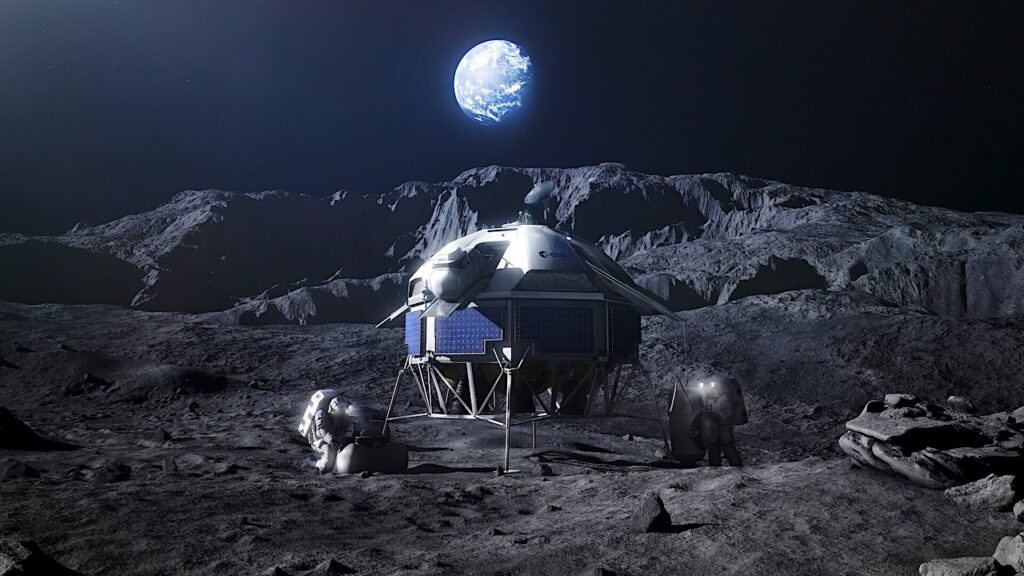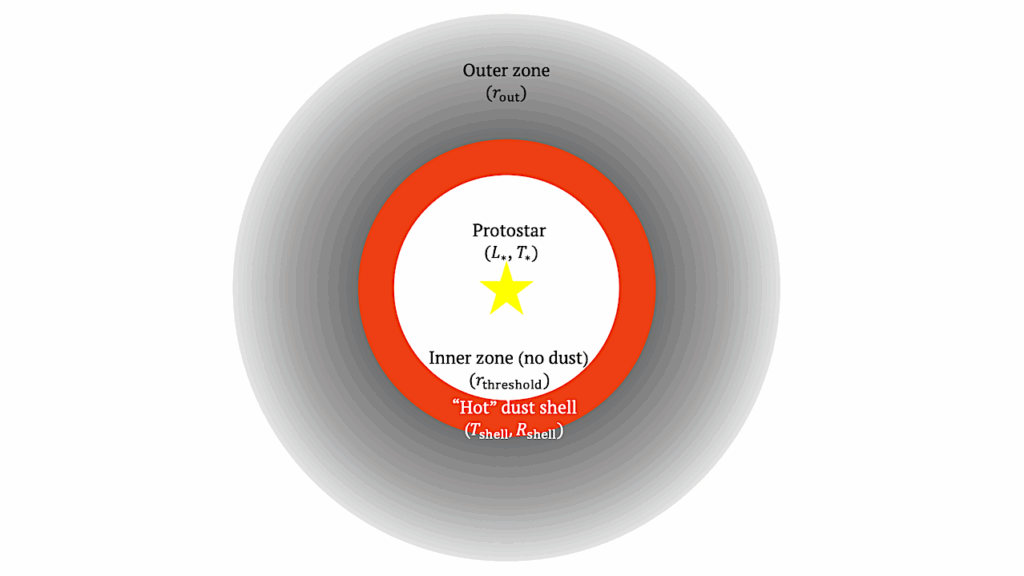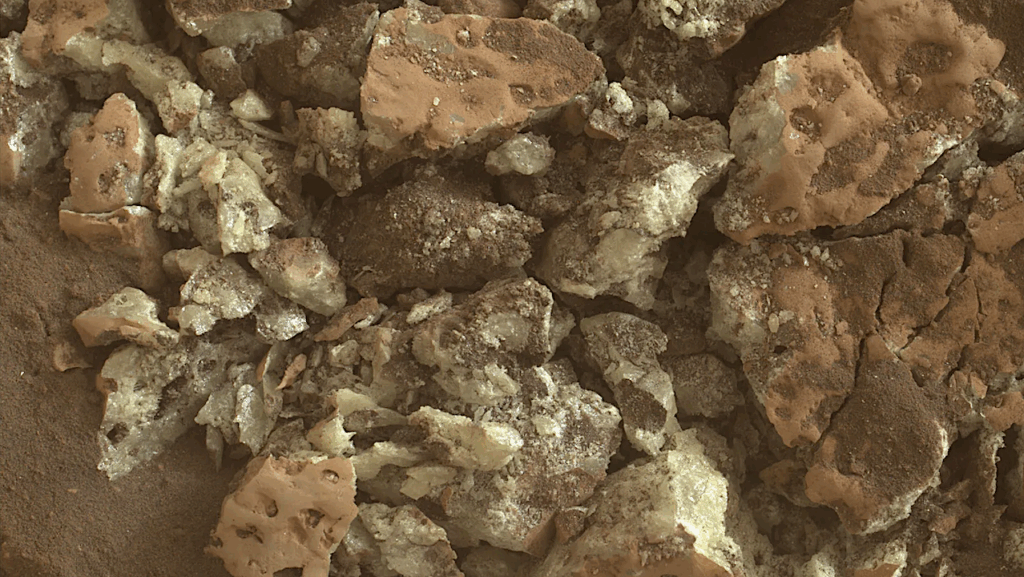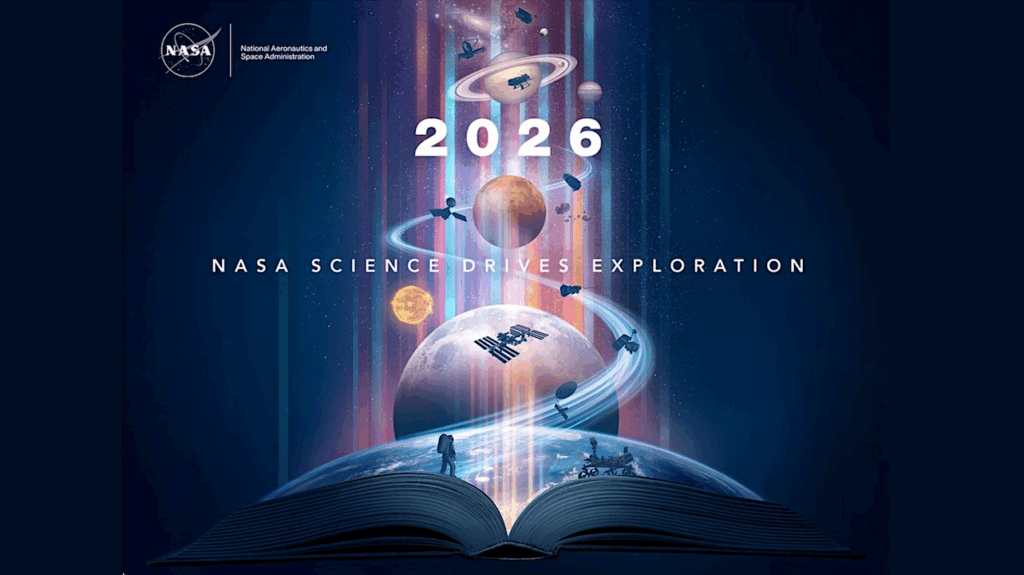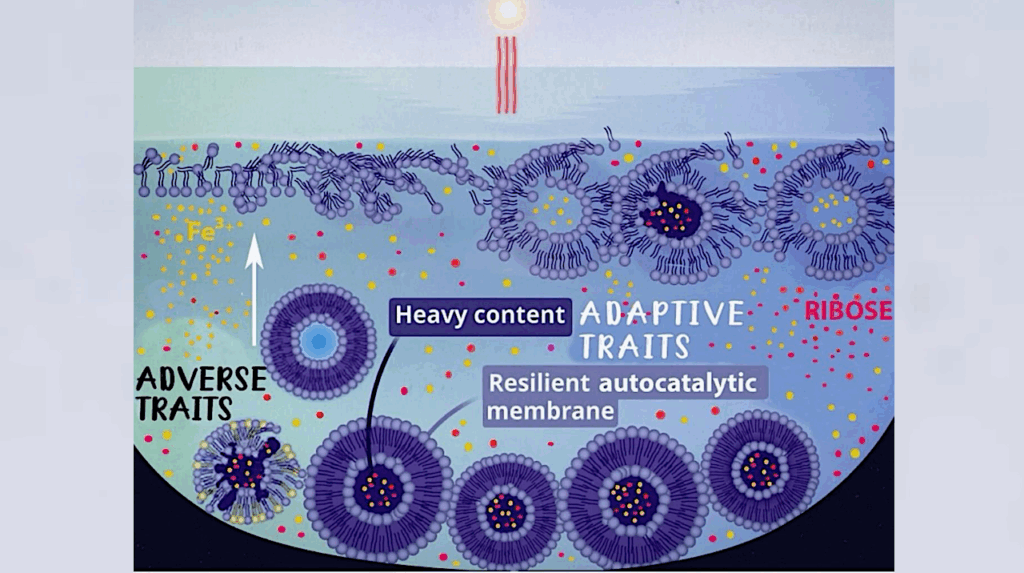The Carbon Isotopic Ratio And Planet Formation
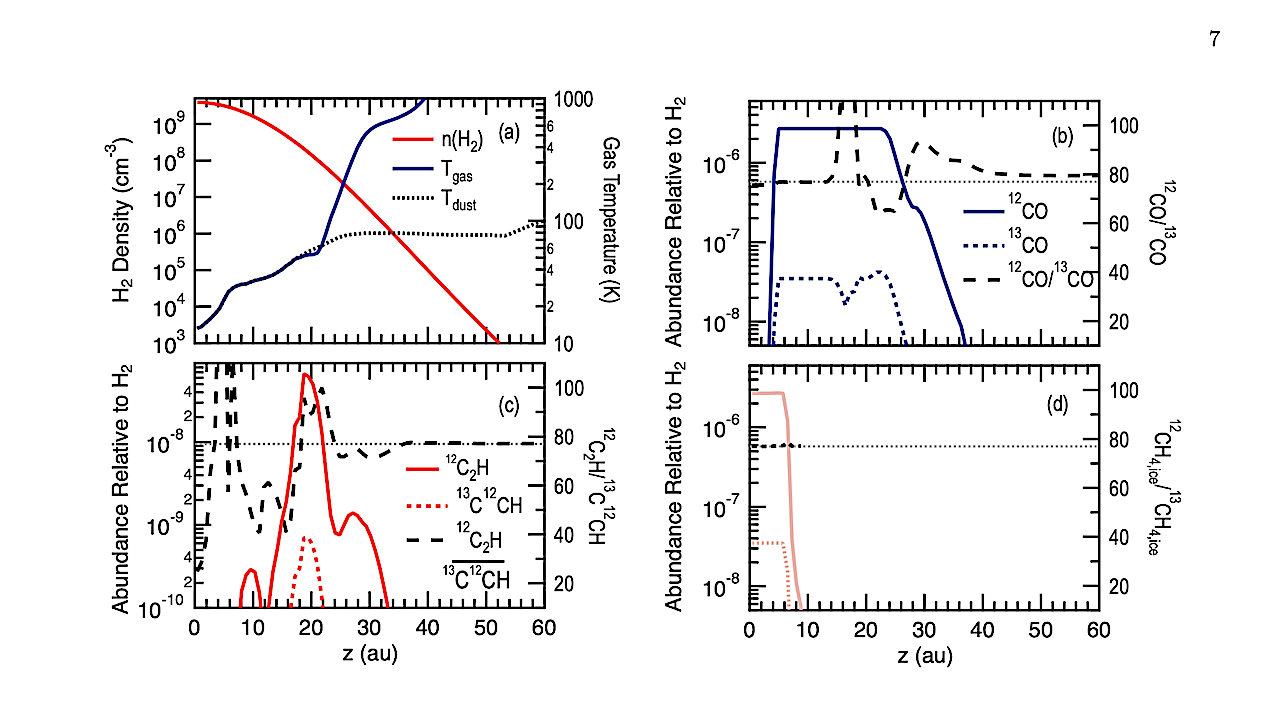
We present the first detection of 13CCH in a protoplanetary disk (TW Hya). Using observations of C2H we measure CCH/13CCH = 65 +/- 20 in gas with a CO isotopic ratio of 12CO/13CO = 21 +/- 5 (Yoshida et al. 2022a).
The TW Hya disk exhibits a gas phase C/O that exceeds unity and C2H is the tracer of this excess carbon. We confirm that the TW Hya gaseous disk exhibits two separate carbon isotopic reservoirs as noted previously (Yoshida et al. 2022a). We explore two theoretical solutions for the development of this dichotomy. One model represents TW Hya today with a protoplanetary disk exposed to a cosmic ray ionization rate that is below interstellar as consistent with current estimates.
We find that this model does not have sufficient ionization in cold (T < 40 K) layers to activate carbon isotopic fractionation. The second model investigates a younger TW Hya protostellar disk exposed to an interstellar cosmic ray ionization rate.
We find that the younger model has sources of ionization deeper in a colder disk that generates two independent isotopic reservoirs. One reservoir is 12C-enriched carried by methane/hydrocarbon ices and the other is 13C-enriched carried by gaseous CO. The former potentially provides a source of methane/hydrocarbon ices to power the chemistry that generates the anomalously strong C2H emission in this (and other) disk systems in later stages. The latter provides a source of gaseous 13C-rich material to generate isotopic enrichments in forming giant planets as recently detected in the super-Jupiter TYC 8998-760-1 b by Zhang et al. (2021).
Edwin A. Bergin, Arthur Bosman, Richard Teague, Jenny Calahan, Karen Willacy, L. Ilsedore Cleeves, Kamber Schwarz, Ke Zhang, Simon Bruderer
Comments: 16 pages, 8 figures, accepted by the Astrophysical Journal
Subjects: Earth and Planetary Astrophysics (astro-ph.EP); Solar and Stellar Astrophysics (astro-ph.SR)
Cite as: arXiv:2403.09739 [astro-ph.EP] (or arXiv:2403.09739v1 [astro-ph.EP] for this version)
Submission history
From: Edwin A. Bergin
[v1] Wed, 13 Mar 2024 18:21:38 UTC (6,758 KB)
https://arxiv.org/abs/2403.09739
Astrobiology, Astrochemistry,



